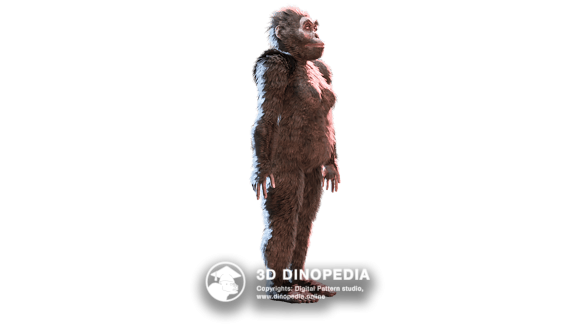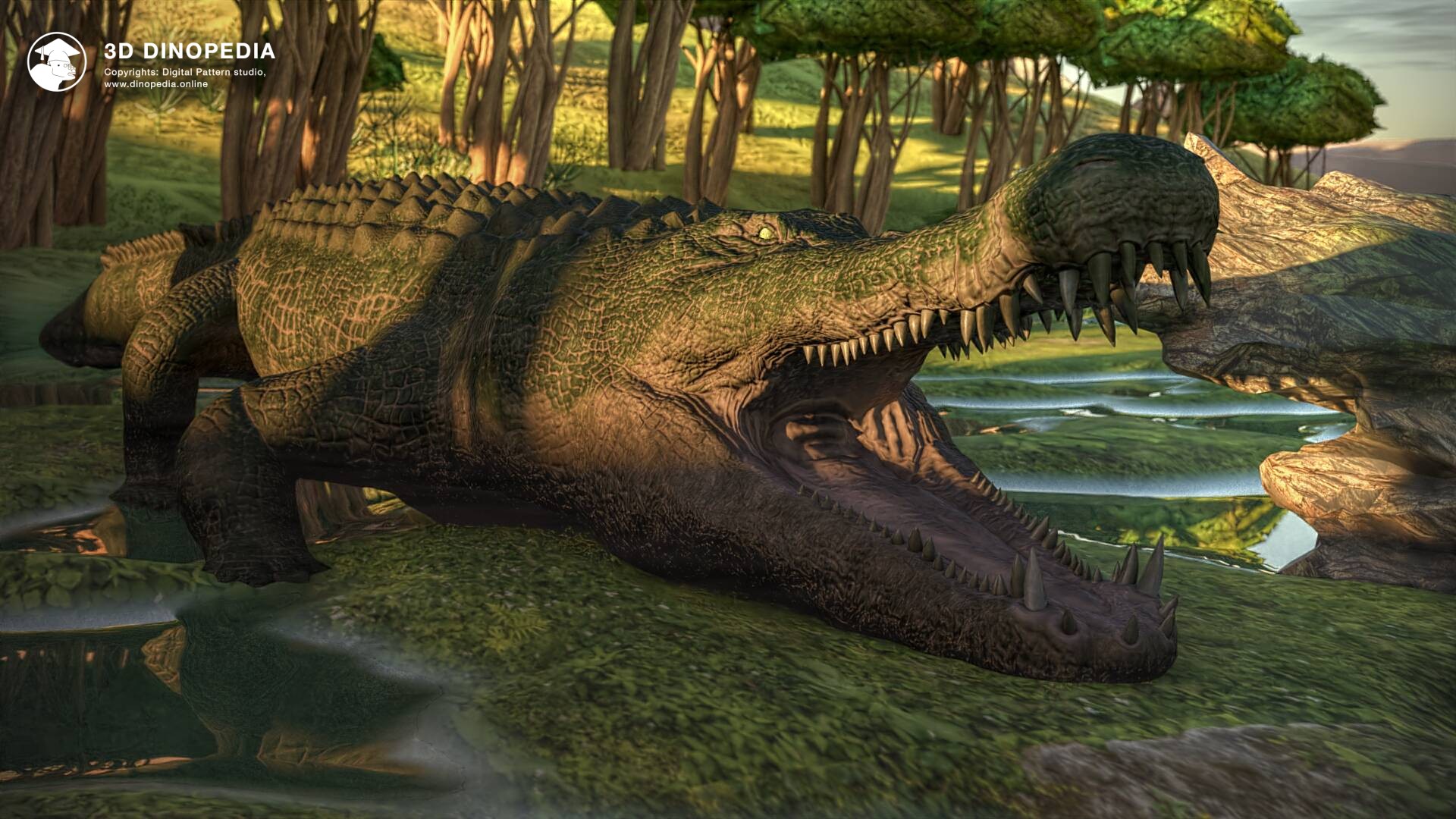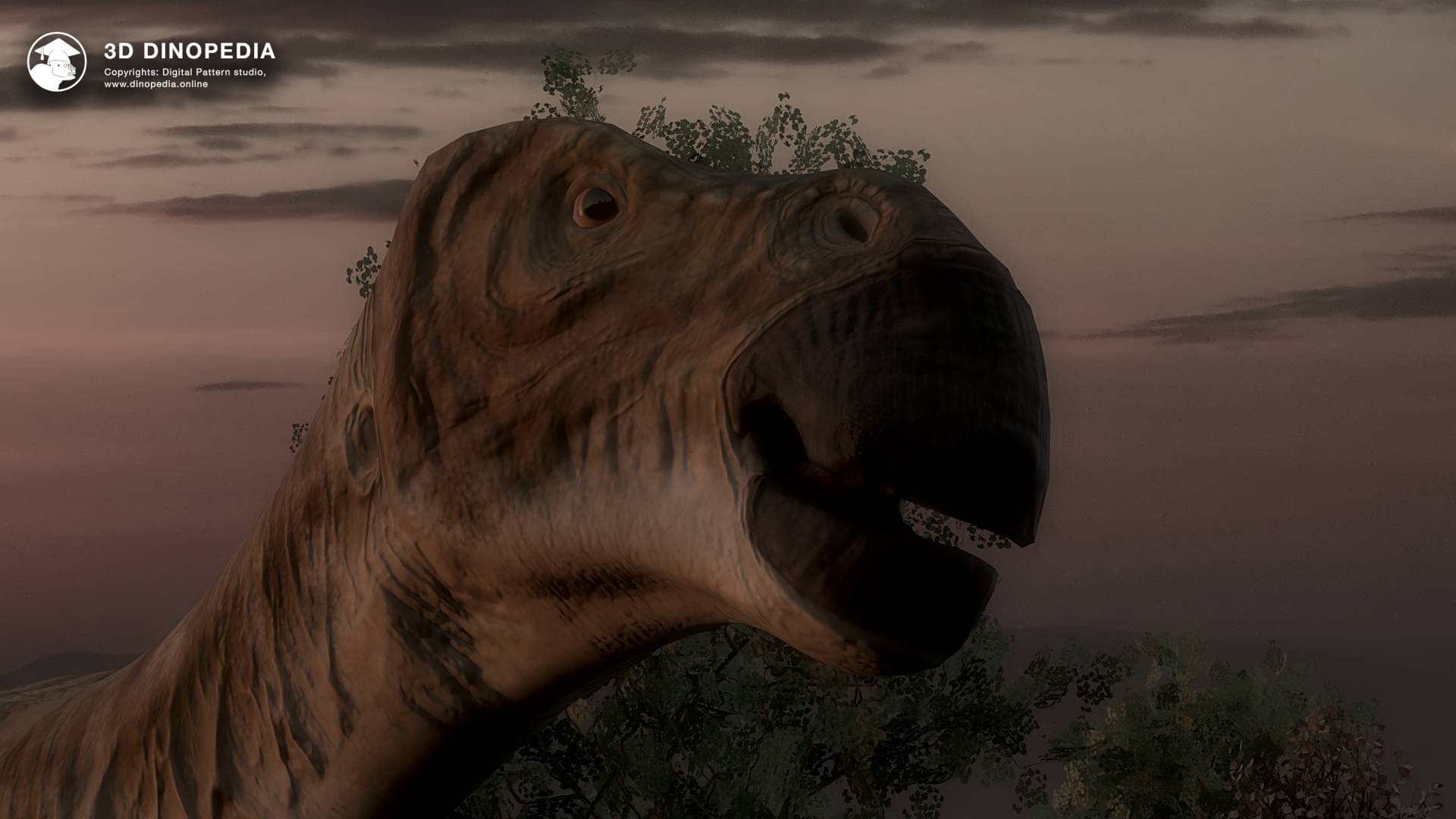How Lucy Fell from the Tree
10.10.2023 08:15
2632 views

Humans descended from monkeys. To be more precise, a human is a representative of higher primates, humanoid monkeys. Such is the official view of modern science. Thanks to the work of anthropologists, we have a good idea of what the ancient monkey that preceded the first human, the oldest representative of the genus Homo, looked like.
The genus Homo includes the species Homo sapiens, as well as several extinct species that are its close relatives. These species, together with Homo sapiens, form a group classified as a genus in the hominid family, which, in turn, belongs to the order of primates.
The genus Homo can be considered a continuous fraternity, i.e., a set of populations that exchange genes over a prolonged period and do not form reproductive barriers, remaining within one species. Nevertheless, populations within this genus can vary in terms of the direction of their adaptations and rates of evolutionary development.
Although today Homo sapiens is the only representative of the genus, in the past, humanity might have included several species. For example, Neanderthals are sometimes considered a separate species, distinct from Cro-Magnons (Homo sapiens). In general, the genus Homo embodies diversity in the adaptations and evolutionary development of its representatives, providing scientists with the opportunity to study the various paths by which human evolution could develop.
The ancestors of humans were the so-called australopithecines (Australopithecus), who lived 4.2 – 2.5 million years ago, during the Neogene period. Scientists have been studying the bones of these monkeys since 1925 for almost a century now.
This name often leads to some confusion. It seems that "australopithecines" should be a genus from Australia. But in fact, in both words, there is the Latin root "australis" - southern. "Australia" is the southern continent, and "australopithecus" - southern monkey, i.e., a monkey found in the south of Africa.
Australopithecus is the name of a genus of ancient primates. To date, several species have been discovered in this genus: Australopithecus afarensis (the Afar australopithecine), Australopithecus africanus (the African australopithecine), Australopithecus sediba, and others. One might think that we had a lot of ancestors, but in fact, not every species is an ancestor of humans. Most australopithecines completely died out, leaving no descendants. However, Australopithecus afarensis is considered our ancestor. Let's talk about it in a bit more detail.
Mostly, only separate fragments of the Australopithecus afarensis skeleton are found. In general, searching for primate bones is an ungrateful task since most of them lived in the forest, and in forests, bones have almost no chance of being preserved. Fortunately, australopithecines had already moved out of the forest and traveled through the vast savanna—a space covered with dense grass but with few trees. Here their chances of preservation were higher, although finds of australopithecines cannot be called abundant. Therefore, when in 1974 a more or less whole skeleton of Australopithecus afarensis was found in the Omo River Valley in Ethiopia, it became a real sensation. Fragments of the skull, spine, and limb bones were preserved. After discovering the skeleton, scientists were elated. There was a festive mood, and The Beatles’ song "Lucy in the Sky with Diamonds" was playing on the tape recorder. Then came an unexpected idea - to name this primate "Lucy". The idea was successful - it turned out that the skeleton belonged to a young female, approximately 25-30 years old, so the name suited her well.
Lucy lived approximately 3 million 180 thousand years ago. She was small, only about 105 cm tall, and weighed just 27 kg. Her brain was small, comparable to the brains of modern chimpanzees. As befits ancient primates, Lucy was very robust, with very wide shoulders, and a large stomach for digesting plant food. Her face was elongated due to powerful jaws, which helped chew both rough plants and raw meat. The australopithecines had not yet mastered the use of fire. Whether Lucy was covered with thick fur or short hairs, similar to those preserved on the bodies of modern humans, we do not know. Hair, unfortunately, almost never fossilizes.
A few years ago, scientists from the University of Texas at Austin made a new and quite curious discovery about our "great-grandmother Lucy". Likely, she died as a result of a fall from a height, in other words, she fell from a tree!
Within the framework of the research, scientists conducted a computer tomography of the fossilized remains and created a three-dimensional reconstruction of the skeleton. They discovered traces of injuries and fractures, which likely occurred before Lucy's death and could have been caused by a fall from a great height. Scientists took into account the characteristics of the area where Lucy's remains were found and determined that there were large trees in this region. They hypothesized that australopithecines, like modern primates, might have built nests in trees for shelter at night. Lucy might have fallen from such a nest, leading to the primate's demise.
This discovery shows how many unexpected dangers lurked every day for our distant ancestors in the wild world of primordial Africa.
You can get acquainted with the australopithecine more closely in the animal card in the application "3D Dinopedia: Paleontology."
And you can find the scientific article about "fallen Lucy" in the renowned journal "Nature": Perimortem fractures in Lucy suggest mortality from fall out of tall tree. Nature. 2016; 537(7621). Pp. 503-507.
Discussions







{{ count }} comments
You must login to write a comment